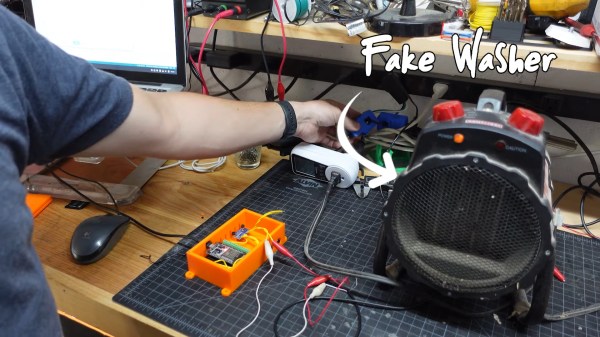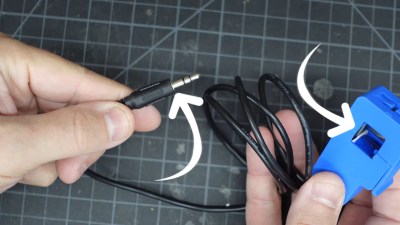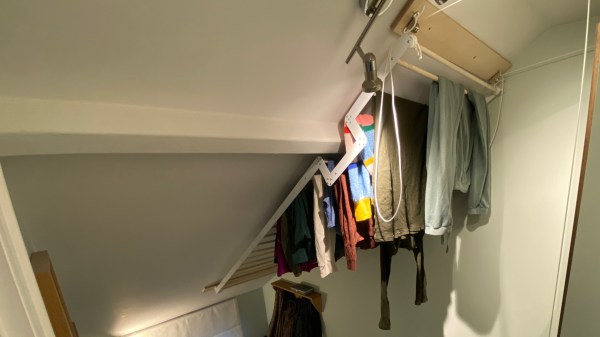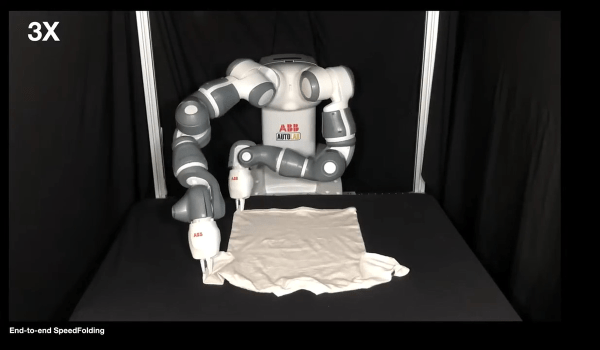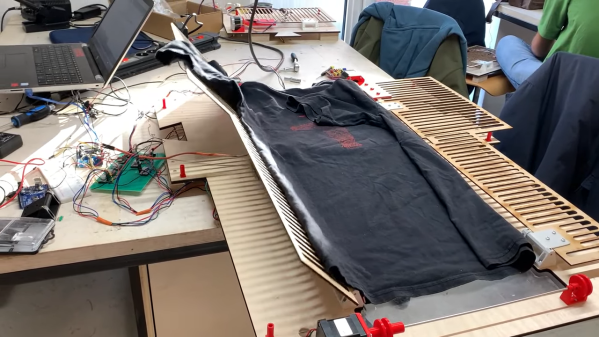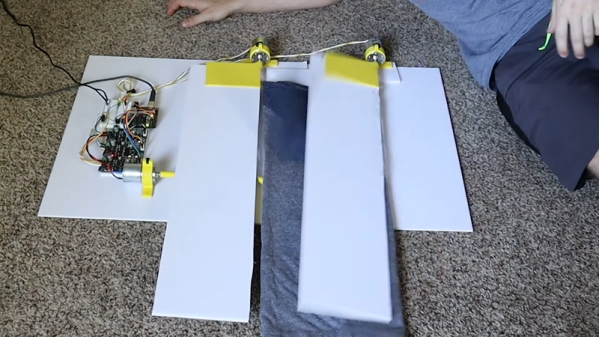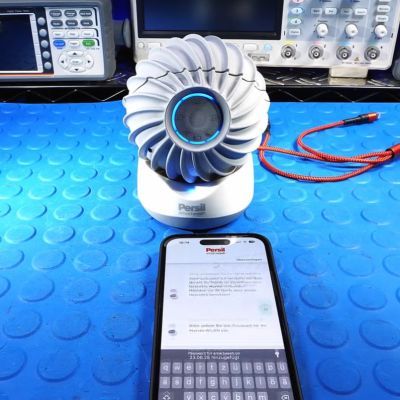
Ever since the invention of washing machines, the process of doing laundry has become rather straightforward. Simply toss the dirty laundry into the machine, fill up the detergent, and let the preset program handle the rest. This of course has not prevented companies from coming up with ways to add more complexity to doing laundry, with Henkel’s Smartwash technology the latest example, as demonstrated by German YouTube channel [ZeroBrain] with a complete teardown.
Henkel is the owner of detergent brands like Persil and Somat, with the Smartwash ball supposedly offering ‘smart’ dosing of detergent for washing machines, with naturally a smartphone app with intrusive localization to personalize the laundry experience. Sadly the video is only in German, but the language of teardowns is universal.
Continue reading “Teardown Of A Persil Smartwash Smart Laundry Detergent Ball”



